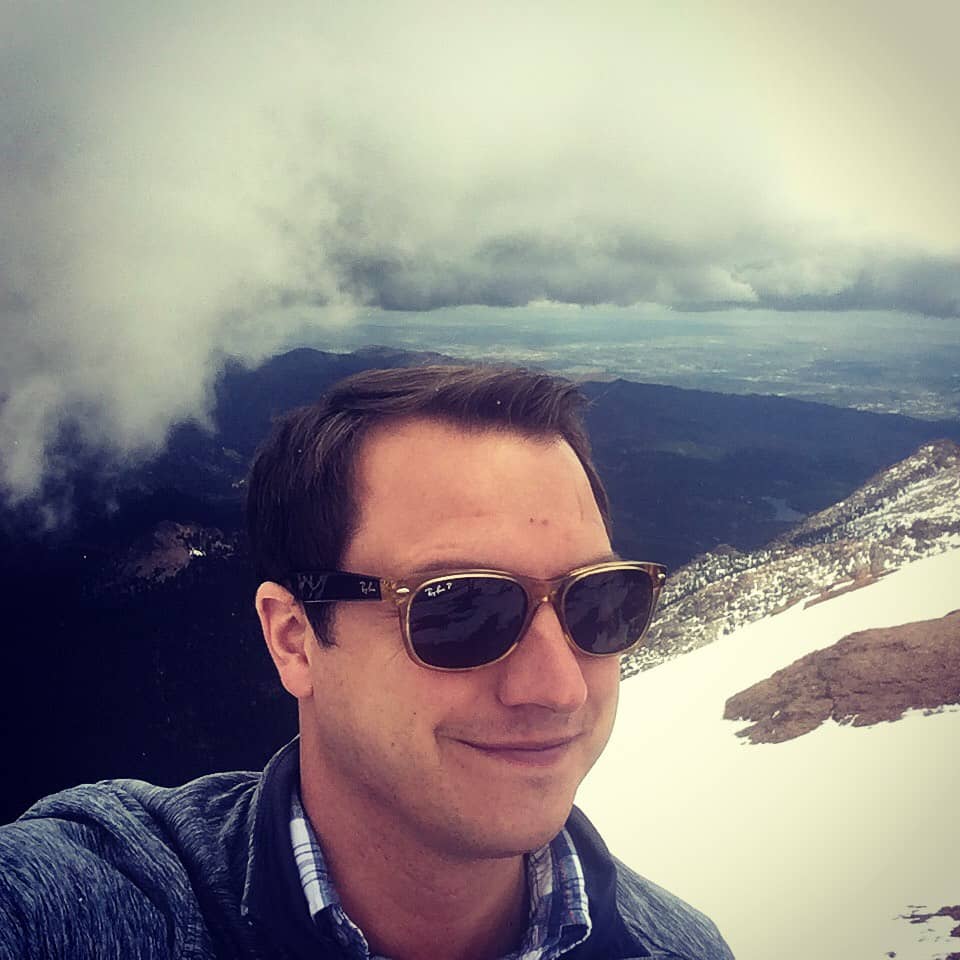You might have heard how “news deserts” are spreading and professional reporter ranks are dwindling — around the country and here in Colorado.
The consequences aren’t pretty. When local news organizations diminish, research shows citizens can become less engaged in their communities, municipal finances can suffer, and corruption can flourish.
With fewer outlets and fewer reporters, increasing numbers of Coloradans have to find other sources to fill the gap. Learning how they actually do that — and how we can help you better navigate a fractured media landscape — is something we’re trying to figure out, though we’re still not finished.
Our project, which involves COLab, the Colorado Media Project, News Voices: Colorado, Colorado College, the University of Denver, and others, seeks to help Coloradans identify existing outlets, potential partners, innovators, and individuals who can play new roles in supporting community information needs. That could be anything from local libraries to universities, nonprofit organizations, community centers, schools, or other information hubs we don’t know about.
Here’s why that’s important: A 2019 Colorado Media Project analysis found owners of at least 44 news organizations in Colorado are nearing retirement age or could leave the business. When or if they do, who or what might be in a position to take them over or fill their place? That’s what we want to find out.
As part of this work, DU researchers Kareem El Damanhoury and David Coppini have recently compiled a database identifying more than 400 local news outlets across Colorado. Included in this research is the extent to which these news organizations of varying mediums, size, and ownership structures provide local and original news.
We hope to soon produce an interactive map of these news sources, and more, that will be publicly accessible on COLab’s website.
Going deeper, students I taught in a Colorado College class this spring called “The Future and Sustainability of Local News” researched local media ecosystems in 16 counties in five different regions of our state: The Southwest, the San Luis Valley, the Roaring Fork Valley, and Weld and Pueblo counties. The goal was to build a database of community leaders, residents, and trusted sources of news and information in each county, including nontraditional sources of information.
In all, students interviewed more than 100 community members in 16 counties, and identified at least 17 non-traditional information sources in 10 of them. These included Facebook groups, digital newsletter startups, schools, nonprofits, and more. In Colorado’s least populous county, San Juan, one student identified “various non-traditional information sources like [an individual community member] going door to door to tell people about certain events or occurrences.”
According to student summaries of their research in some counties, residents have mixed views about the existing traditional news sources and the new ways in which members of their communities get information. Some mentioned being aware when a news source disappeared or that their newspaper had cut its print schedule to only a handful of days a week, which has happened in multiple regions.
In one rural county in the San Luis Valley, a student found online social networks “play a large part in sharing information, especially Facebook groups for towns and Facebook pages for local government organizations and nonprofits.” But access to the internet is far from widespread. In one county, a student was told “word-of-mouth is still dominant.” In another, a senior center publishes a four-page monthly newsletter for 350 people, plenty of whom rely on it because they are not on Facebook.
Following their interviews, students said few seem to believe underrepresented populations get enough coverage or that traditional news sources reach underserved communities well enough. Because of a lack of representation in traditional outlets, some in Colorado’s Latino community rely heavily on social media and peer-to-peer sharing of information.
We’re still working to identify more non-traditional information sources and the way Coloradans find local news and information that they trust. We’ll run a similar class again this fall looking at more counties and updating our findings. You can even help by taking five minutes to fill out this survey we created.
Following the spring class, a student published a column in The Catalyst student newspaper at Colorado College about her experience. “My question for the CC student body is this,” she wrote. “Do you support, consume and care about your local news? Whether that includes your hometown or Colorado Springs, evaluating news consumption patterns is a valuable reflection process.”
This work is supported by a grant administered by the Online News Association with support from the Democracy Fund, Knight Foundation, the Inasmuch Foundation, and Scripps Howard Foundation.
This column is produced with support from the Colorado Media Project, and is distributed statewide via the Colorado News Collaborative. Interested in an insider’s look at the news behind the news in Colorado? Sign up here for Corey’s weekly email newsletter.

